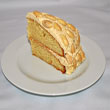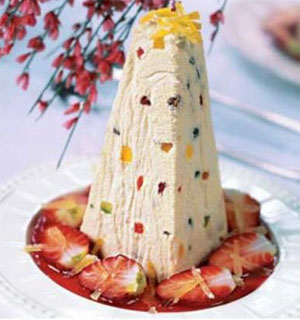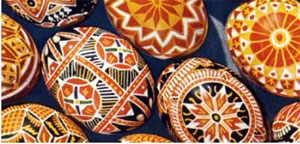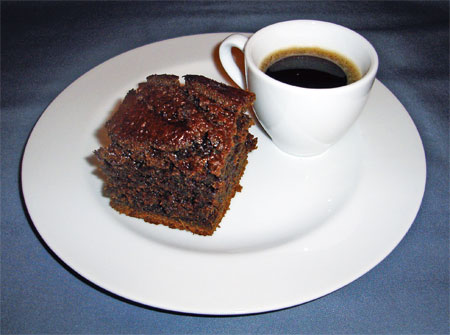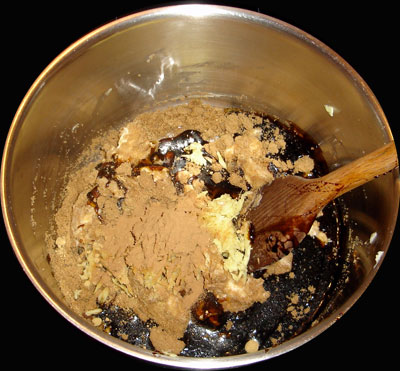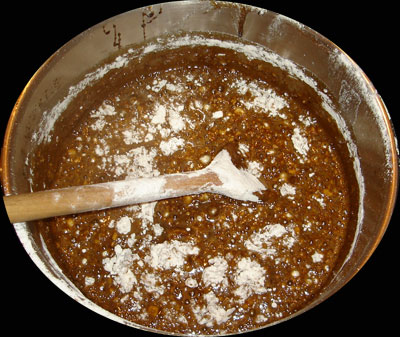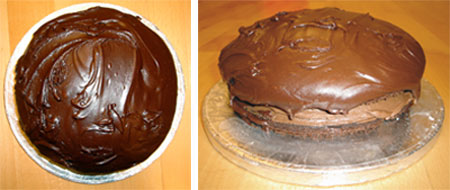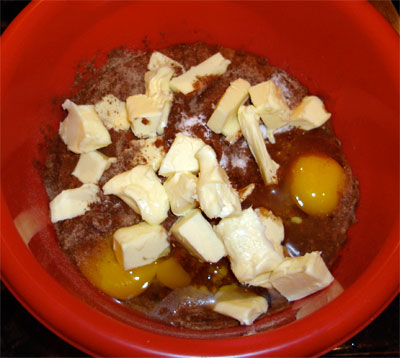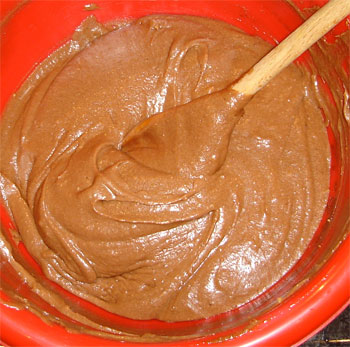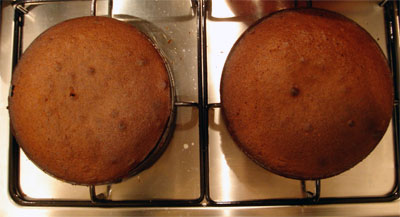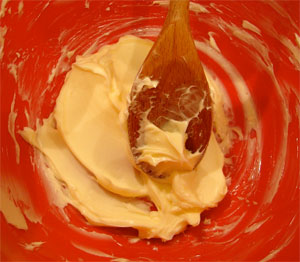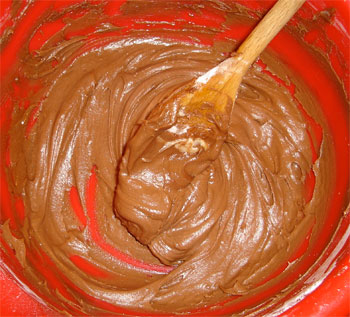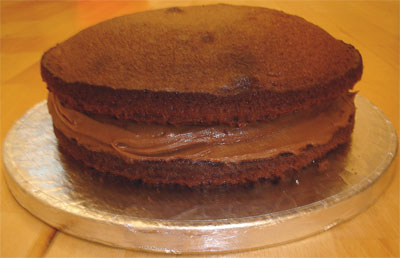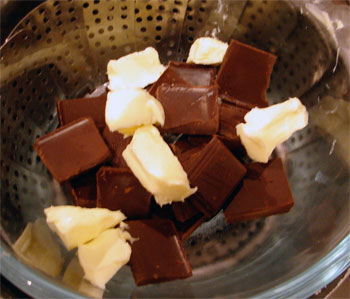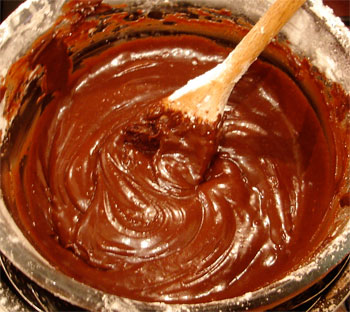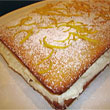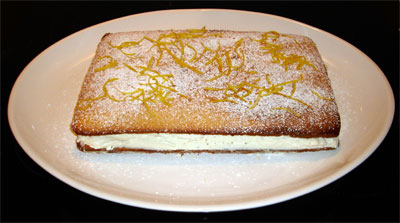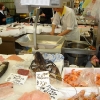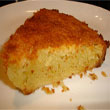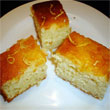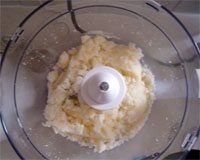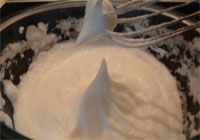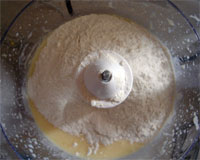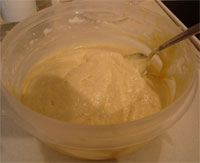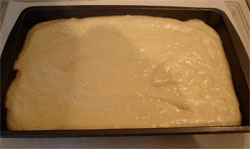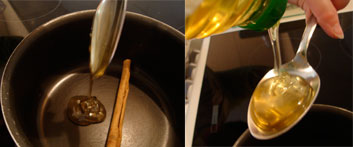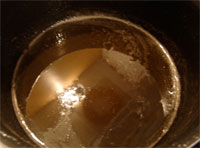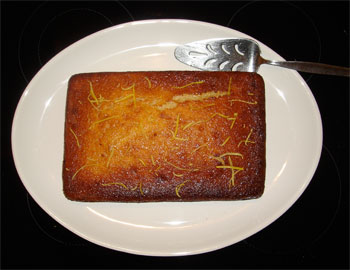There is something about delicious, moist, cake which makes me reminisce of summer holidays spent in Kranjska Gora. The first time I arrived, Mira, the Grandmother, had created possibly the most intricate and exquisite cake in honour of my arrival. I was quite blown away but I was soon to realise that cake is a longstanding tradition of the region. The Slovenes certainly put our fairy cakes to shame! This festive period I decided to do a little baking of my own and in honour of the Detela family I baked a Orehove Rezine, a walnut cake with a superbly sticky syrup. I must say though, I thoroughly cheated by using a mixer but you can use a mixing bowl and wooden spoon and do it the old fashioned way too!

Here’s the recipe…
Ingredients
175g walnut pieces, broken up
150g butter
150g soft light brown sugar
60ml set honey
3 eggs
2 tsp vanilla extract
50g plain flour
50g wholemeal flour
1 tsp baking powder
2 tsp ground cinnamon
65g polenta
75ml milk
For the syrup
90g golden caster sugar
60ml set honey
120ml water
For serving
Sour cream
Lemon rind
Instructions
Heat oven to 180°C
Place walnut pieces on a baking tray and bake for 10 minutes
Put butter, sugar, honey, eggs, vanilla extract, flours (including bran pieces) polenta, nuts and milk into mixer and mix until a smooth consistency is achieved
Grease and line a cake tin
Fill the cake tin with the cake mixture

Bake for 45 to 50 minutes
To make the syrup,
To make the syrup, put the sugar, honey and water into a pan, gently heat until the sugar has dissolved and then simmer for five minutes
Turn off the heat and when the cake is ready drizzle over the cake

Serve with a dash of sour cream topped with lemon rind









